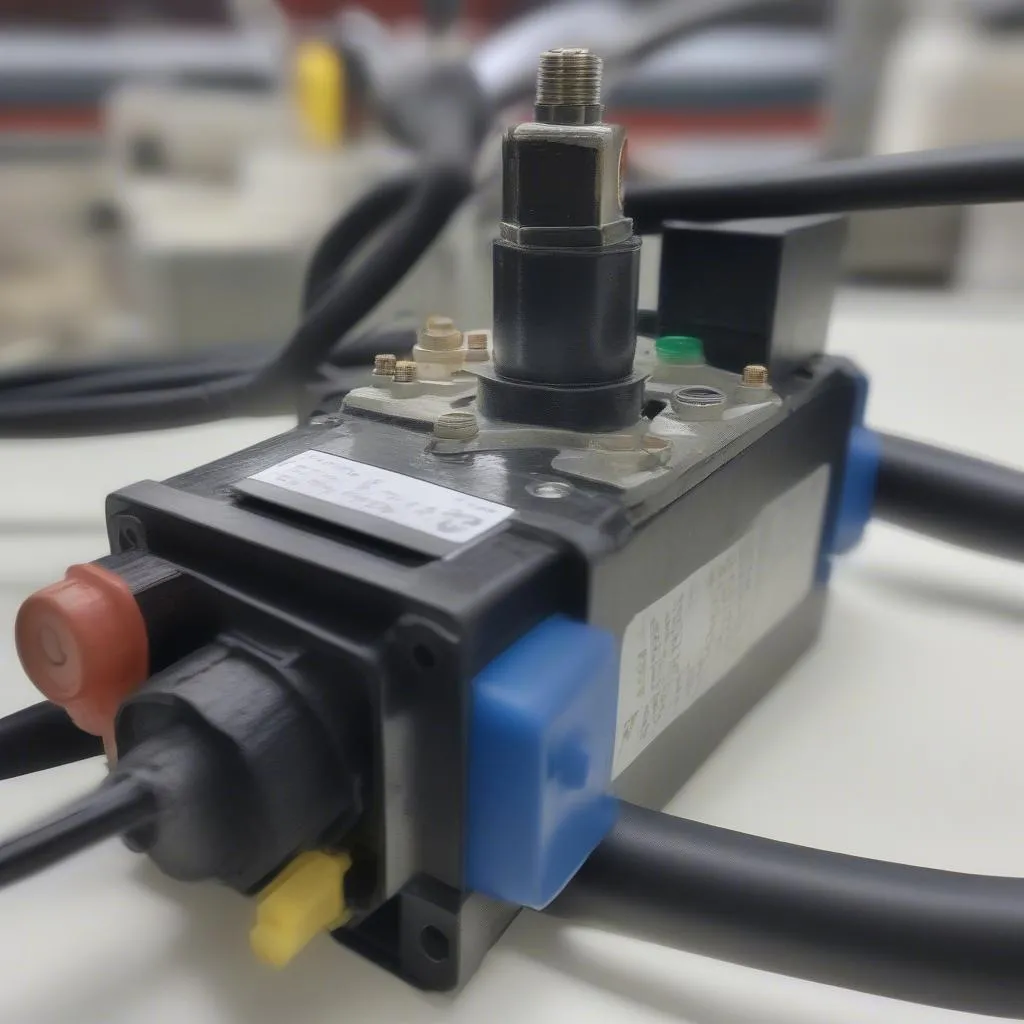Have you ever been in a situation where your ABS brakes were acting up, and you didn’t have a scan tool handy? It’s a common problem that can leave you feeling stranded and helpless. You might be thinking, “How can I even attempt to bleed the ABS system without the right equipment?” Well, I’m here to tell you that it’s possible, but it requires some careful steps and a bit of know-how.
The Importance of Understanding ABS Bleeding
Before we delve into the process, it’s crucial to understand why bleeding ABS brakes is a bit more intricate than bleeding regular brakes. The ABS system involves sophisticated electronics and hydraulic components that work together to prevent wheel lock-up during braking. Bleeding the ABS system ensures proper hydraulic fluid flow, which is vital for the system’s optimal performance.
Can You Bleed ABS Brakes Without a Scan Tool?
The short answer is yes, you can, but it’s not as straightforward as bleeding regular brakes. It requires extra attention and some workaround techniques.
How to Bleed ABS Brakes Without a Scan Tool: A Step-by-Step Guide
Here’s a step-by-step guide on how to bleed your ABS brakes without a scan tool:
Step 1: Prepare for the Bleed
- Gather Your Tools: You’ll need a brake bleeding kit, a wrench or socket set, a clean container for the brake fluid, and a helper to pump the brakes.
- Check Fluid Level: Open the brake fluid reservoir and make sure it’s filled to the appropriate level.
- Locate the Bleeder Valves: Identify the bleeder valves on each wheel, which are typically located on the caliper.
Step 2: Bleed the Non-ABS Brakes
- Start with the Rear Wheels: Begin with the rear wheels, as they are typically easier to bleed.
- Open the Bleeder Valve: Have your helper pump the brake pedal several times, then hold it down while you open the bleeder valve.
- Collect Fluid: Allow the brake fluid to flow into the container until it runs clear.
- Repeat for Each Wheel: Follow the same procedure for each rear wheel.
Step 3: Bleed the ABS System
This is where things get a bit trickier. The ABS system involves actuators and valves that need to be “activated” to allow the fluid to flow. Here’s how you can do it without a scan tool:
- Locate the ABS Module: Identify the ABS module, which is usually located near the wheel hub or under the vehicle.
- Find the ABS Actuator: Some ABS modules have an actuator or solenoid valve that can be manually activated.
- Activate the Actuator: If you find an actuator, gently tap it with a hammer or mallet. This may activate the valve and allow fluid to flow.
Step 4: Check for Fluid Flow
- Observe the Fluid: While your helper pumps the pedal, watch for fluid flowing out of the bleeder valves. If you don’t see any fluid, repeat steps 2 and 3.
Step 5: Re-tighten and Refill
- Re-tighten the Bleeder Valves: Once the fluid runs clear, close the bleeder valves tightly.
- Top Off the Fluid: Refill the brake fluid reservoir to the appropriate level.
Important Considerations
- Safety First: This process should only be attempted by experienced mechanics or individuals with a deep understanding of automotive systems. Improper bleeding can lead to air in the brake lines, which can result in a loss of braking power.
- Consult the Owner’s Manual: Always consult your vehicle’s owner’s manual for specific instructions on bleeding the ABS system.
- Professional Help: If you’re unsure about any aspect of this process, consult a qualified mechanic.
Common Questions
- How often do I need to bleed my ABS system? Typically, you should bleed your ABS system every 2-3 years or when you experience any issues with your brakes.
- What are the signs of a faulty ABS system? Common signs include a “ABS” warning light, a spongy brake pedal, or the ABS not working properly.
- Can I bleed my ABS system without a scan tool? Yes, you can, but it’s a more complex process than bleeding traditional brakes.
Additional Tips
- Use high-quality brake fluid: Always use brake fluid that meets the specifications for your vehicle.
- Keep the reservoir topped off: Avoid running the reservoir dry, as this can introduce air into the system.
- Be patient: Bleeding the ABS system can take time.
Conclusion
Bleeding your ABS brakes without a scan tool is a challenging task, but it’s possible with careful attention and the right tools. Remember, safety should always be your top priority. If you’re not comfortable with this process, it’s best to seek professional assistance.
 ABS Module Close-Up
ABS Module Close-Up
 Bleeding ABS Brakes with Helper
Bleeding ABS Brakes with Helper
If you’re looking for support or have any questions about diagnostics tools, feel free to reach out to us on Whatsapp at +84767531508. We have a team of experts available 24/7 to assist you.


